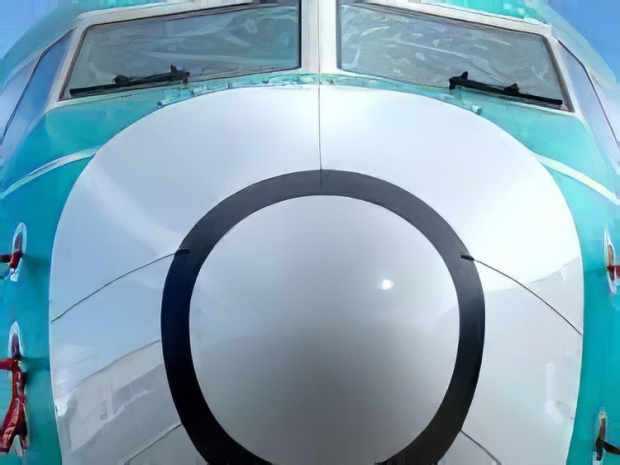According to the Wall Street Journal, the November 2018 internal Federal Aviation Administration analysis, released during a House committee hearing reveals that without agency intervention, the MAX could have averaged one fatal crash about every two or three years.
That amounts to a substantially greater safety risk than either Boeing or the agency indicated publicly at the time. The assessment, which came the month after a Lion Air crash in Indonesia, raises new questions about the FAA's decision-making in the wake of that disaster, along with what turned out to be faulty agency assumptions on ways to alleviate hazards.
In the wake of the analysis, the FAA took steps to put short-term and permanent measures in place to combat hazards, but Wednesday's hearing started off with challenges to some of those decisions.
Rep. Peter DeFazio chairman of the House Transportation Committee said that despite its own calculations, "the FAA rolled the dice on the safety of the travelling public and let the 737 MAX continue to fly."
The FAA's intervention proved inadequate after a second fatal MAX crash, in Ethiopia in March, led to the global grounding of the fleet and sparked international controversy over the agency's safety oversight.
We wonder if any member of the FAA would fly on a 737 MAX knowing that information.




